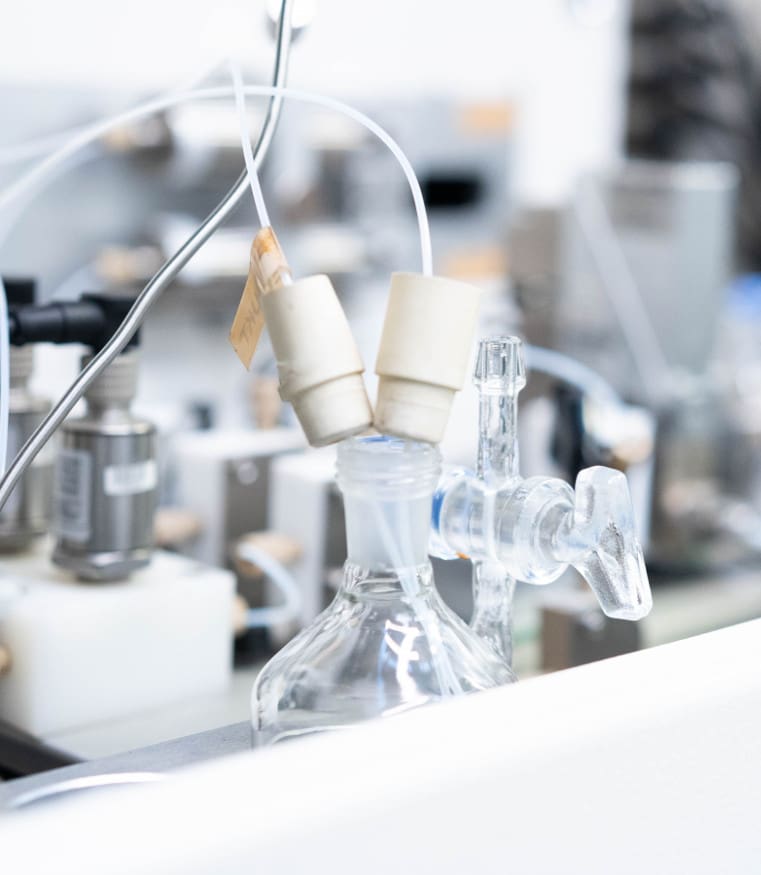Stereoselective conjugate cyanation of enals by combining photoredox and organocatalysis
Precise control over the selectivity of a reaction is a fundamental target. While great advances have been obtained in achieving stereocontrol, the selective manipulation of functional groups within a substrate (chemoselectivity) is still a challenge. The cyanation of aldehydes offers an illustrative example: the 1,2-addition of nucleophilic cyanide to the aldehydic group was one of the first examples of a stereoselective catalytic process. By contrast, the conjugate cyanation of linear α,β-unsaturated aldehydes has remained elusive, even in a racemic variant. The main difficulty lies in achieving 1,4-chemoselectivity over the preferred cyanide 1,2-addition. Here, we report an asymmetric catalytic method to achieve the exclusive conjugate cyanation of enals. The synergistic action of a chiral organocatalyst with a visible-light-activated photoredox catalyst promotes the single-electron reduction of enals, inducing a formal inversion of polarity. The resulting chiral radical, being nucleophilic in character, is then intercepted by an electrophilic cyanide source with perfect 1,4-chemoselectivity and good stereocontrol.

Berger, M.; Ma, D.; Baumgartner, Y.; Hin-Fung Wong, T.; Melchiorre, P.
Nat. Catal. 2023
DOI:
10.1038/s41929-023-00939-y

Let's create a brighter future
Join our team to work with renowned researchers, tackle groundbreaking
projects and contribute to meaningful scientific advancements



















